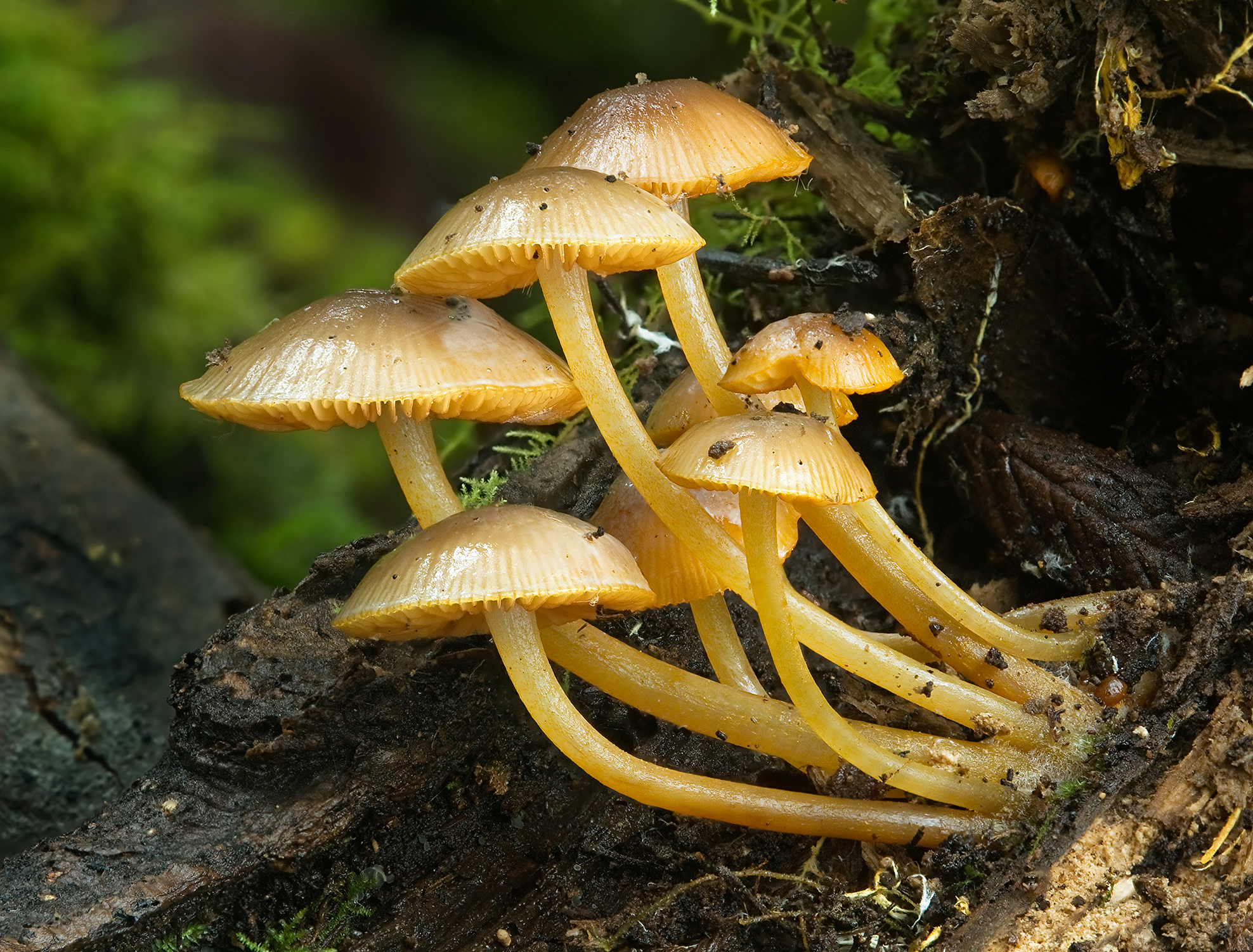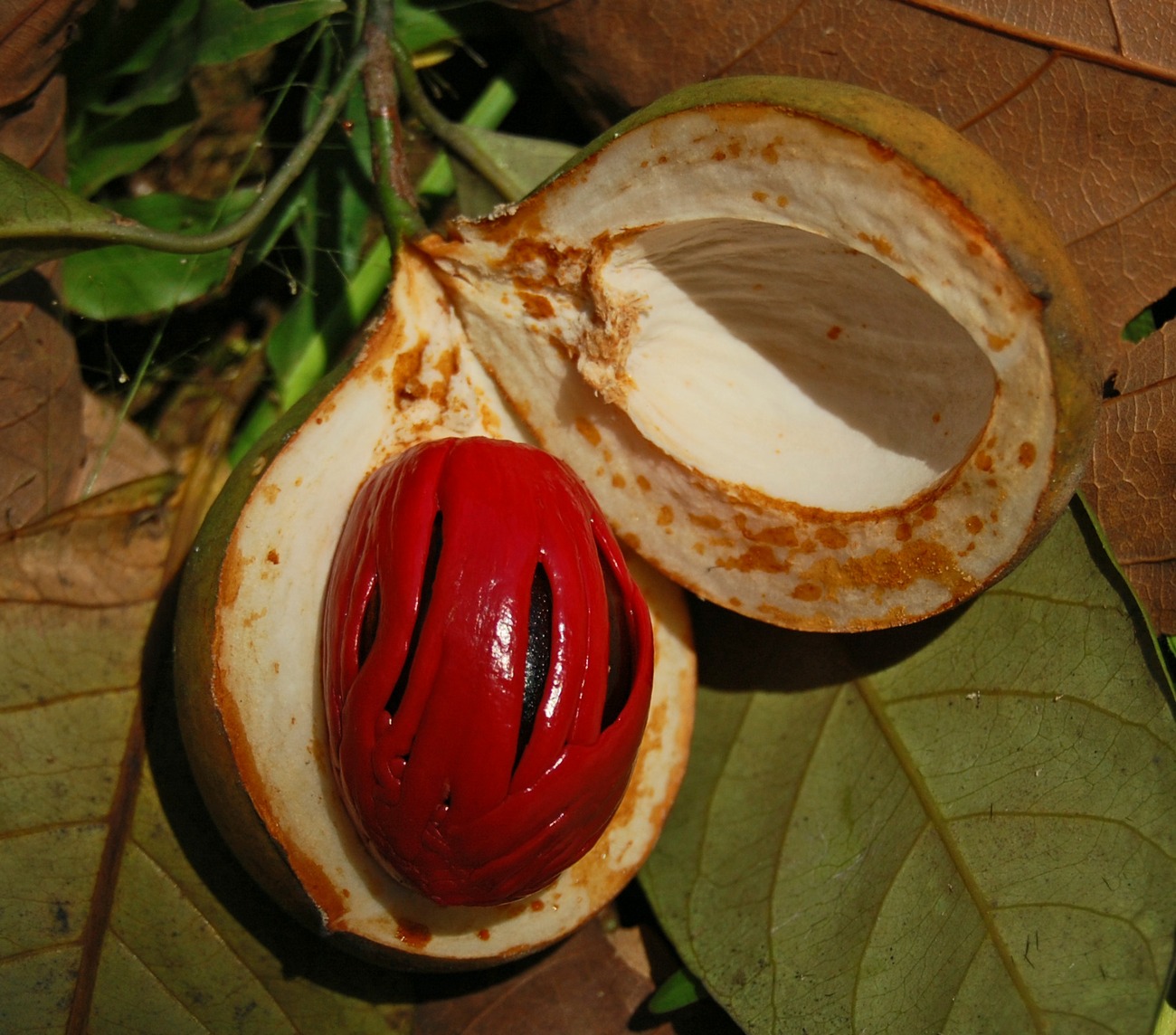|
Martin Martens
Martin Martens (8 December 1797 – 8 February 1863) was a Belgian botanist and chemist born in Maastricht, Netherlands. He studied medicine in Liège, afterwards serving as a physician in Maastricht from 1823 to 1835. From 1835 to 1863 he was a professor of chemistry at the Catholic University of Louvain.Biodiversity Heritage Library Taxonomic literature : a selective guide to botanical publications With Henri Guillaume Galeotti (1814-1858), he was the binomial author of many botanical species. In 1842, with Galeotti, he published an important treatise on |
Mycological
Mycology is the branch of biology concerned with the study of fungi, including their taxonomy, genetics, biochemical properties, and use by humans. Fungi can be a source of tinder, food, traditional medicine, as well as entheogens, poison, and infection. Yeasts are among the most heavily utilized members of the fungus kingdom, particularly in food manufacturing. Mycology branches into the field of phytopathology, the study of plant diseases. The two disciplines are closely related, because the vast majority of plant pathogens are fungi. A biologist specializing in mycology is called a mycologist. Overview The word ''mycology'' comes from the Ancient Greek: μύκης (''mukēs''), meaning "fungus" and the suffix (''-logia''), meaning "study." Pioneer mycologists included Elias Magnus Fries, Christiaan Hendrik Persoon, Heinrich Anton de Bary, Elizabeth Eaton Morse, and Lewis David de Schweinitz. Beatrix Potter, author of '' The Tale of Peter Rabbit'', also made signifi ... [...More Info...] [...Related Items...] OR: [Wikipedia] [Google] [Baidu] |
1797 Births
Events January–March * January 3 – The Treaty of Tripoli, a peace treaty between the United States and Ottoman Tripolitania, is signed at Algiers (''see also'' 1796). * January 7 – The parliament of the Cisalpine Republic adopts the Italian green-white-red tricolour as their official flag (this is considered the birth of the flag of Italy). * January 13 – Action of 13 January 1797, part of the War of the First Coalition: Two British Royal Navy frigates, HMS ''Indefatigable'' and HMS ''Amazon'', drive the French 74-gun ship of the line '' Droits de l'Homme'' aground on the coast of Brittany, resulting in over 900 deaths. * January 14 – War of the First Coalition – Battle of Rivoli: French forces under General Napoleon Bonaparte defeat an Austrian army of 28,000 men, under '' Feldzeugmeister'' József Alvinczi, near Rivoli (modern-day Italy), ending Austria's fourth and final attempt to relieve the fortress city of Mantua. * Jan ... [...More Info...] [...Related Items...] OR: [Wikipedia] [Google] [Baidu] |
Belgian Chemists
Belgian may refer to: * Something of, or related to, Belgium * Belgians, people from Belgium or of Belgian descent * Languages of Belgium, languages spoken in Belgium, such as Dutch, French, and German *Ancient Belgian language Ancient Belgian is a hypothetical extinct Indo-European language, spoken in Belgica (northern Gaul) in late prehistory. It is often identified with the hypothetical Nordwestblock. While it remains a matter of controversy, the linguist Mau ..., an extinct language formerly spoken in Gallia Belgica *Belgian Dutch or Flemish, a variant of Dutch *Belgian French, a variant of French *Belgian horse (other), various breeds of horse *Belgian waffle, in culinary contexts *SS Belgian, SS ''Belgian'', a cargo ship in service with F Leyland & Co Ltd from 1919 to 1934 *''The Belgian'', a 1917 American silent film See also * *Belgica (other) *Belgic (other) {{Disambiguation ... [...More Info...] [...Related Items...] OR: [Wikipedia] [Google] [Baidu] |
19th-century Belgian Botanists
The 19th century began on 1 January 1801 (represented by the Roman numerals MDCCCI), and ended on 31 December 1900 (MCM). It was the 9th century of the 2nd millennium. It was characterized by vast social upheaval. Slavery was abolished in much of Europe and the Americas. The First Industrial Revolution, though it began in the late 18th century, expanded beyond its British homeland for the first time during the 19th century, particularly remaking the economies and societies of the Low Countries, France, the Rhineland, Northern Italy, and the Northeastern United States. A few decades later, the Second Industrial Revolution led to ever more massive urbanization and much higher levels of productivity, profit, and prosperity, a pattern that continued into the 20th century. The Catholic Church, in response to the growing influence and power of modernism, secularism and materialism, formed the First Vatican Council in the late 19th century to deal with such problems and confirm ce ... [...More Info...] [...Related Items...] OR: [Wikipedia] [Google] [Baidu] |
Martensianthus
''Martensianthus'' is a genus of flowering plants belonging to the family Rubiaceae. It is native to southern Mexico. The genus name of ''Martensianthus'' is in honour of Martin Martens (1797–1863), a Belgian botanist and chemist born in Maastricht Maastricht ( , , ; ; ; ) is a city and a Municipalities of the Netherlands, municipality in the southeastern Netherlands. It is the capital city, capital and largest city of the province of Limburg (Netherlands), Limburg. Maastricht is loca ..., Netherlands. It was first described and published in Acta Bot. Hung. Vol.53 on page 25 in 2011. Known species According to Kew: *'' Martensianthus breviflorus'' *'' Martensianthus galeottii'' *'' Martensianthus macdougallii'' *'' Martensianthus micranthus'' *'' Martensianthus viticellus'' References {{Taxonbar, from=Q95502485 Rubiaceae Rubiaceae genera Plants described in 2011 Flora of Mexico ... [...More Info...] [...Related Items...] OR: [Wikipedia] [Google] [Baidu] |
Rubiaceae
Rubiaceae () is a family (biology), family of flowering plants, commonly known as the coffee, madder, or bedstraw family. It consists of terrestrial trees, shrubs, lianas, or herbs that are recognizable by simple, opposite leaves with Petiole (botany), interpetiolar stipules and sympetalous actinomorphic flowers. The family contains about 14,100 species in about 580 genera, which makes it the fourth-largest angiosperm family. Rubiaceae has a cosmopolitan distribution; however, the largest species diversity is concentrated in the tropics and subtropics. Economically important genera include ''Coffea'', the source of coffee; ''Cinchona'', the source of the antimalarial alkaloid quinine; ornamental cultivars (''e.g.'', ''Gardenia'', ''Ixora'', ''Pentas''); and historically some dye plants (''e.g.'', ''Rubia''). Description The Rubiaceae are morphologically easily recognizable as a coherent group by a combination of characters: opposite or whorled leaves that are simple and entire, ... [...More Info...] [...Related Items...] OR: [Wikipedia] [Google] [Baidu] |
Flowering Plant
Flowering plants are plants that bear flowers and fruits, and form the clade Angiospermae (). The term angiosperm is derived from the Ancient Greek, Greek words (; 'container, vessel') and (; 'seed'), meaning that the seeds are enclosed within a fruit. The group was formerly called Magnoliophyta. Angiosperms are by far the most diverse group of Embryophyte, land plants with 64 Order (biology), orders, 416 Family (biology), families, approximately 13,000 known Genus, genera and 300,000 known species. They include all forbs (flowering plants without a woody Plant stem, stem), grasses and grass-like plants, a vast majority of broad-leaved trees, shrubs and vines, and most aquatic plants. Angiosperms are distinguished from the other major seed plant clade, the gymnosperms, by having flowers, xylem consisting of vessel elements instead of tracheids, endosperm within their seeds, and fruits that completely envelop the seeds. The ancestors of flowering plants diverged from the commo ... [...More Info...] [...Related Items...] OR: [Wikipedia] [Google] [Baidu] |
Henri Eugène Lucien Gaëtan Coemans
Henri Eugène Lucien Gaëtan Coemans (30 October 1825, Brussels – 8 January 1871, Ghent) was a Belgian Catholic priest and botanist. In 1848 he obtained his ordination, later serving as a curate in Ghent (from 1853). In 1864 he became a member of the ''Académie royale des Sciences et Belles-Lettres de Bruxelles'', followed by a professorship at the Catholic University of Leuven (1834–1968), Catholic University of Leuven in 1866. From 1868 to 1871 he was director of a Franciscan convent in Ghent. As a taxonomy (biology), taxonomist he identified the genus ''Fittonia'' (family Acanthaceae). The genus ''Coemansia'' is named in his honor. Selected works * ''Monographie du genre Pilobolus, Tode, spècialement ètudiè au point de vue anatomique et physiologique'', 1861 - Monograph of the genus Pilobolus. * ''Spicilège mycologique'', 1862 - Mycological scrapbook. * ''Notices biographiques sur quelques lichenographes celebres'', 1864 - Biographical notices of some celebrate ... [...More Info...] [...Related Items...] OR: [Wikipedia] [Google] [Baidu] |
Solanaceae
Solanaceae (), commonly known as the nightshades, is a family of flowering plants in the order Solanales. It contains approximately 2,700 species, several of which are used as agricultural crops, medicinal plants, and ornamental plants. Many members of the family have high alkaloid contents, making some highly toxic, but many—such as tomatoes, potatoes, eggplants, and peppers—are commonly used in food. Originating in South America, Solanaceae now inhabits every continent on Earth except Antarctica. After the K—Pg extinction event they rapidly diversified and have adapted to live in deserts, tundras, rainforests, plains, and highlands, and taken on wide range of forms including trees, vines, shrubs, and epiphytes. Nearly 80% of all nightshades are included in the subfamily Solanoideae, most of which are members of the type genus ''Solanum''. Most taxonomists recognize six other subfamilies: Cestroideae, Goetzeoideae, Nicotianoideae, Petunioideae, Schizanthoideae, an ... [...More Info...] [...Related Items...] OR: [Wikipedia] [Google] [Baidu] |
Botanist
Botany, also called plant science, is the branch of natural science and biology studying plants, especially Plant anatomy, their anatomy, Plant taxonomy, taxonomy, and Plant ecology, ecology. A botanist or plant scientist is a scientist who specialises in this field. "Plant" and "botany" may be defined more narrowly to include only land plants and their study, which is also known as phytology. Phytologists or botanists (in the strict sense) study approximately 410,000 species of Embryophyte, land plants, including some 391,000 species of vascular plants (of which approximately 369,000 are flowering plants) and approximately 20,000 bryophytes. Botany originated as history of herbalism#Prehistory, prehistoric herbalism to identify and later cultivate plants that were edible, poisonous, and medicinal, making it one of the first endeavours of human investigation. Medieval physic gardens, often attached to Monastery, monasteries, contained plants possibly having medicinal benefit. ... [...More Info...] [...Related Items...] OR: [Wikipedia] [Google] [Baidu] |




